Temperatures in Hanoi measured outdoors during summer days can sometimes reach 55 degrees Celsius - Photo: PHAM TUAN
There are three dangerous conditions that are often confused: heat exhaustion, heat stroke, and heat exhaustion. Correctly distinguishing and promptly treating them not only helps protect health but can also save a life.
Heat Exhaustion and Warning Signs
According to Dr. Nguyen Huy Hoang (Vietnam-Russia Hyperbaric Oxygen Center), this is a common condition when the body loses water and electrolytes after a long period of exposure to hot and humid weather, especially if there is physical activity without proper rehydration. Although the body's thermoregulation system is still working, it is entering an overload phase.
People with exhaustion often experience fatigue, headaches, dizziness, nausea, profuse sweating, and pale, clammy skin. Body temperature may rise slightly (38-40°C), accompanied by intense thirst.
With rest, cooling, and rehydration, the condition will improve. But without intervention, the person can develop heatstroke, a much more dangerous medical condition.
Heat stroke: When the body loses its ability to save itself
According to Dr. Hoang, heatstroke is an emergency condition that occurs when body temperature exceeds 40°C and the central nervous system begins to malfunction. The patient may experience confusion, agitation, slurred speech, convulsions, or coma.
The skin is often hot, dry and red, especially in classic heat stroke - often seen in the elderly, children or people living in hot environments for a long time without cooling conditions.
Meanwhile, heat stroke due to exertion occurs in healthy people who engage in high-intensity activities such as athletes, workers, and soldiers. This is an equally dangerous variant, and if the body temperature is not lowered urgently, the patient can die from brain damage, multiple organ failure, or cardiovascular collapse.
Heat stroke
"Not everyone knows that hot weather can also be a factor that promotes a real stroke. When dehydrated for a long time, blood becomes thick and easily forms blood clots. In addition, blood pressure can fluctuate abnormally due to changes in environmental temperature, which can lead to the risk of stroke," Dr. Hoang emphasized.
Symptoms may include hemiplegia, difficulty speaking, drooping of the mouth, blurred vision, dizziness, loss of balance, or coma.
Unlike heat stroke, heat stroke does not necessarily come with a high body temperature. But the consequences are equally serious, with a high risk of death or lifelong neurological sequelae if not treated within the "golden time".
What to do when the heat hits?
As soon as signs of heat exhaustion are detected, move the patient to a cool place, remove some clothing, apply a wet towel, fan gently, and give small sips of water if conscious. If there is no improvement after 30-60 minutes or signs of mental illness, transfer to a medical facility.
In case of heat stroke, calling 115 is the top priority. While waiting, actively cool the patient: spray water, fan, apply ice to the neck, armpits, groin or soak in cool water if possible. Absolutely do not give water to drink if the patient is lethargic, has signs of convulsions or vomits.
With heat stroke, it is necessary to recognize early signs of facial paralysis, difficulty speaking, and weakness in the limbs (FAST), call an ambulance, and do not let the patient eat or drink. Keep the patient still with the head elevated, closely monitor breathing, and prepare for CPR if necessary.
To prevent health effects during the hot season, Dr. Hoang recommends that people drink enough water, wear cool clothes, avoid going out during peak hours (10am-4pm), cool their homes, and adjust their activity levels. These are simple but effective principles.
For the elderly and children, the two most vulnerable groups, close monitoring is needed: ensure the room is cool enough, drink water regularly, do not leave children in the car even for a few minutes. People with underlying diseases (high blood pressure, heart disease, diabetes) also need to be especially careful, consult a doctor about the medications they are taking in hot weather.
Back to topic
WILLOW
Source: https://tuoitre.vn/de-kiet-suc-soc-nhiet-hoac-dot-quy-do-nang-nong-lam-gi-de-xu-ly-kip-thoi-2025060316381102.htm


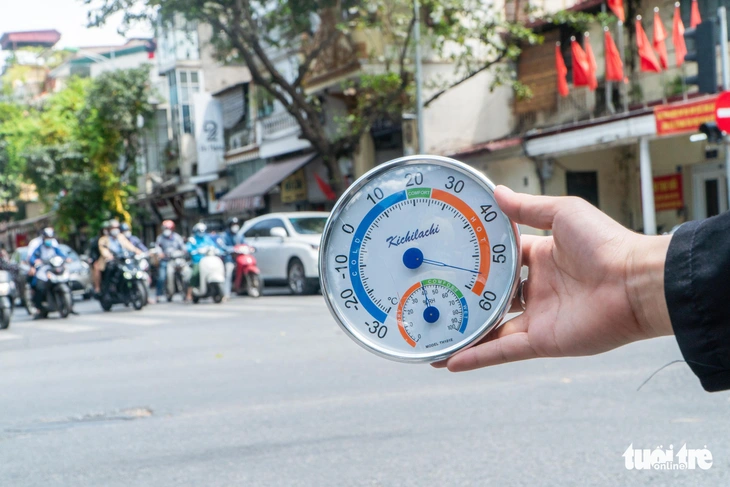






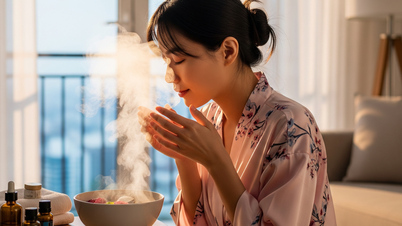

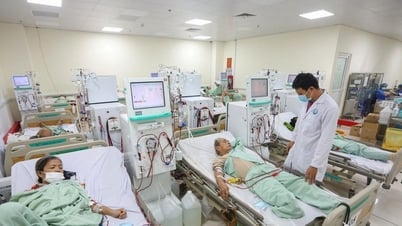


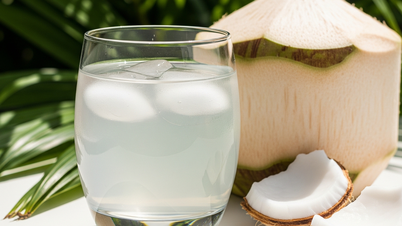
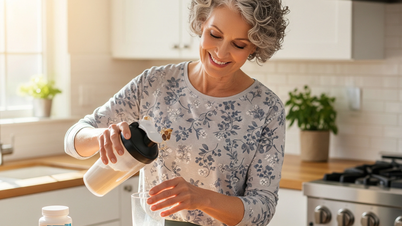





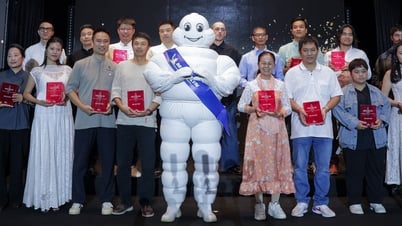
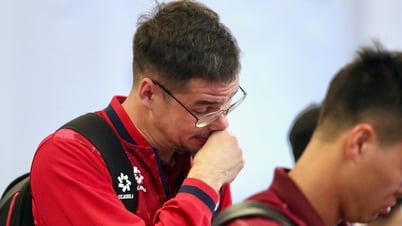



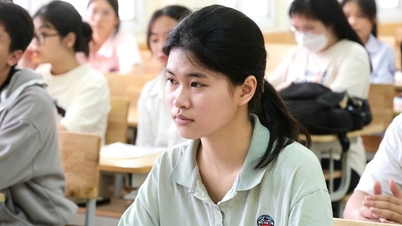



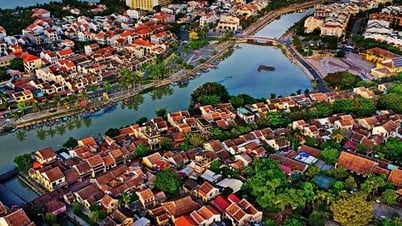




























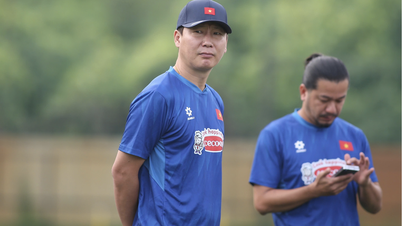

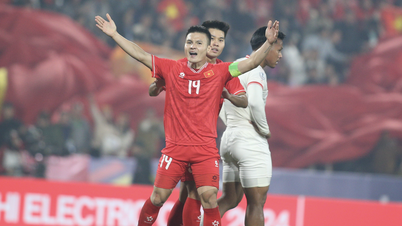



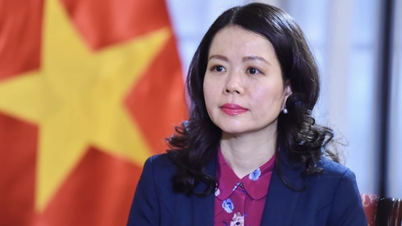







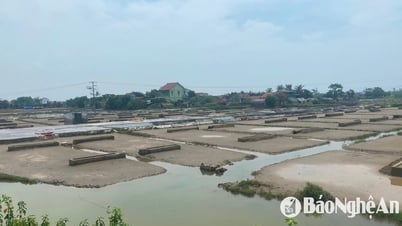





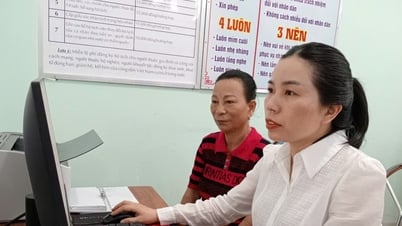




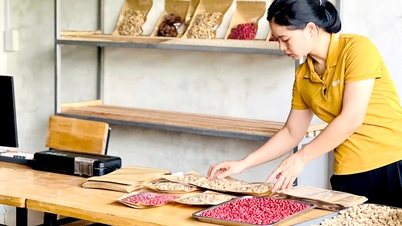









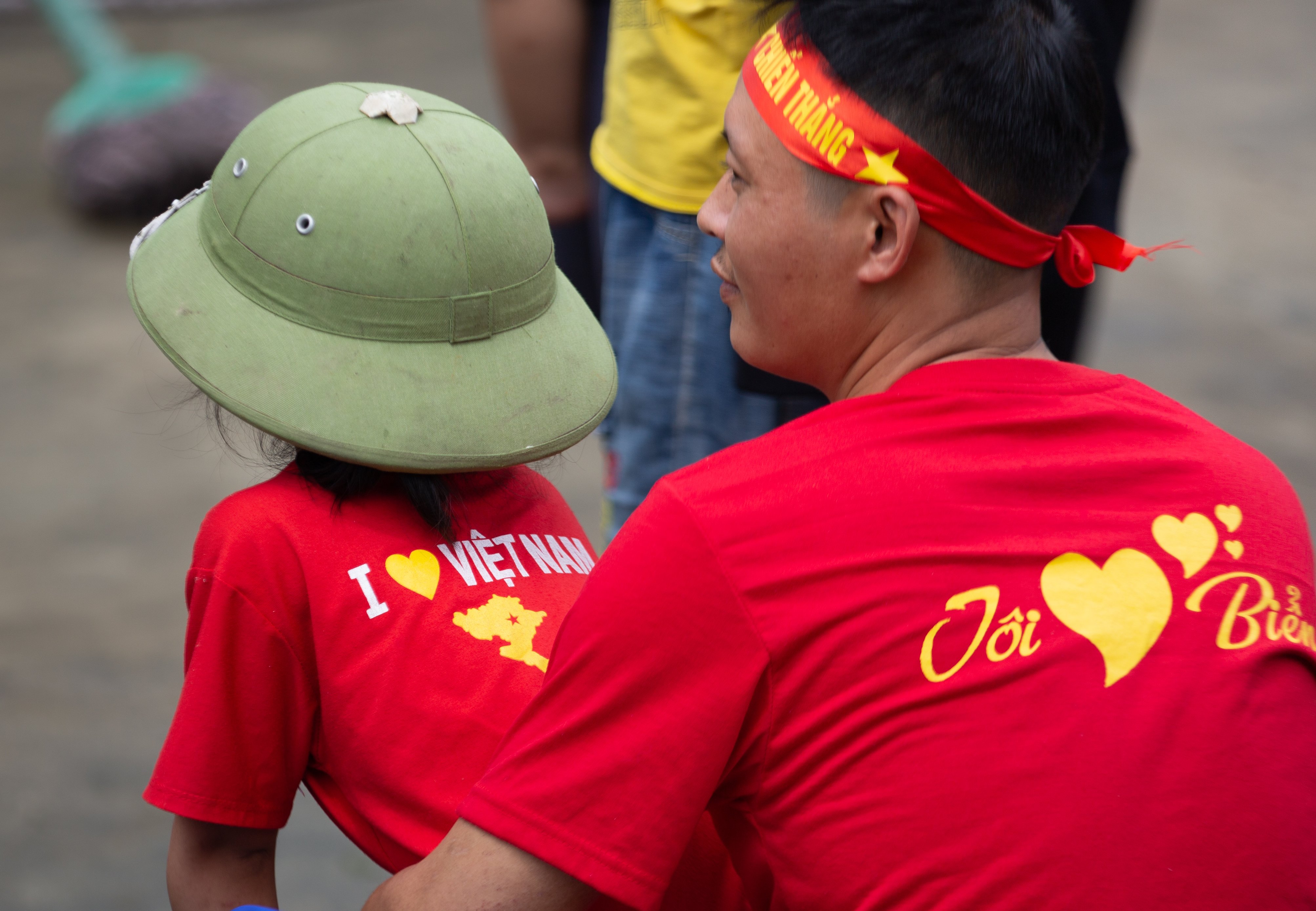

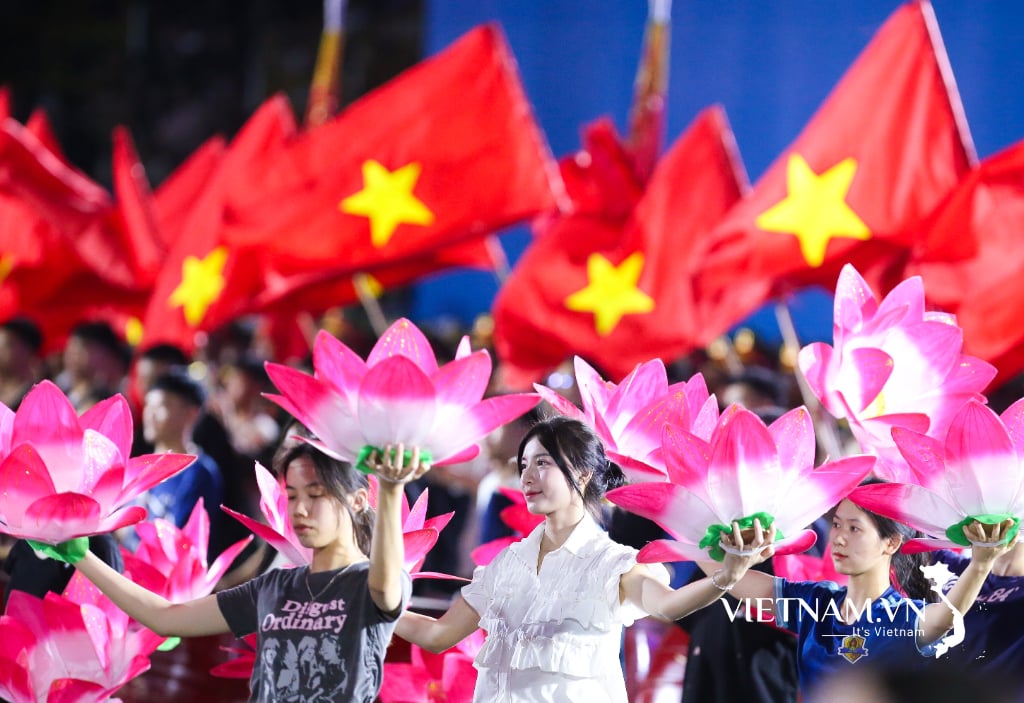

Comment (0)